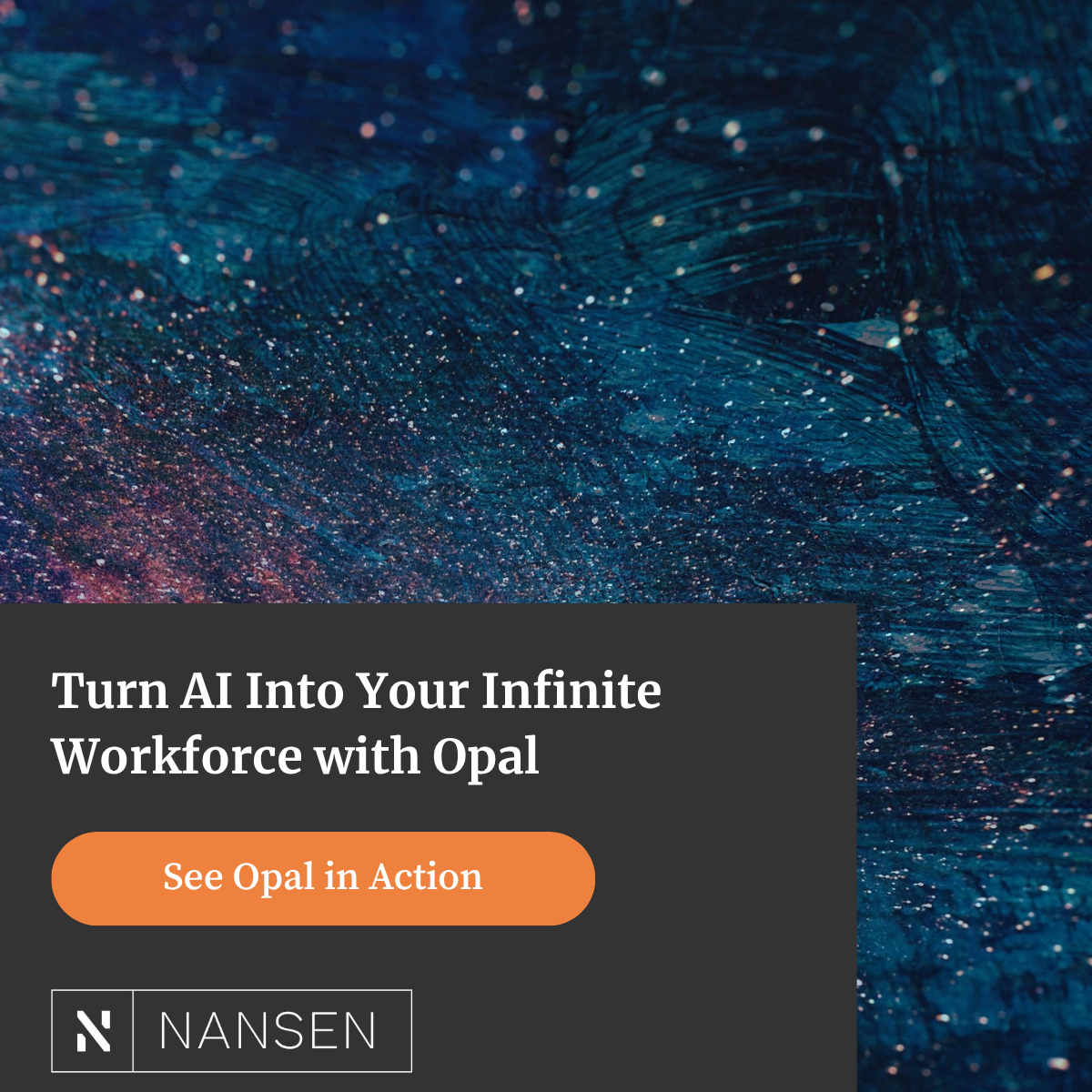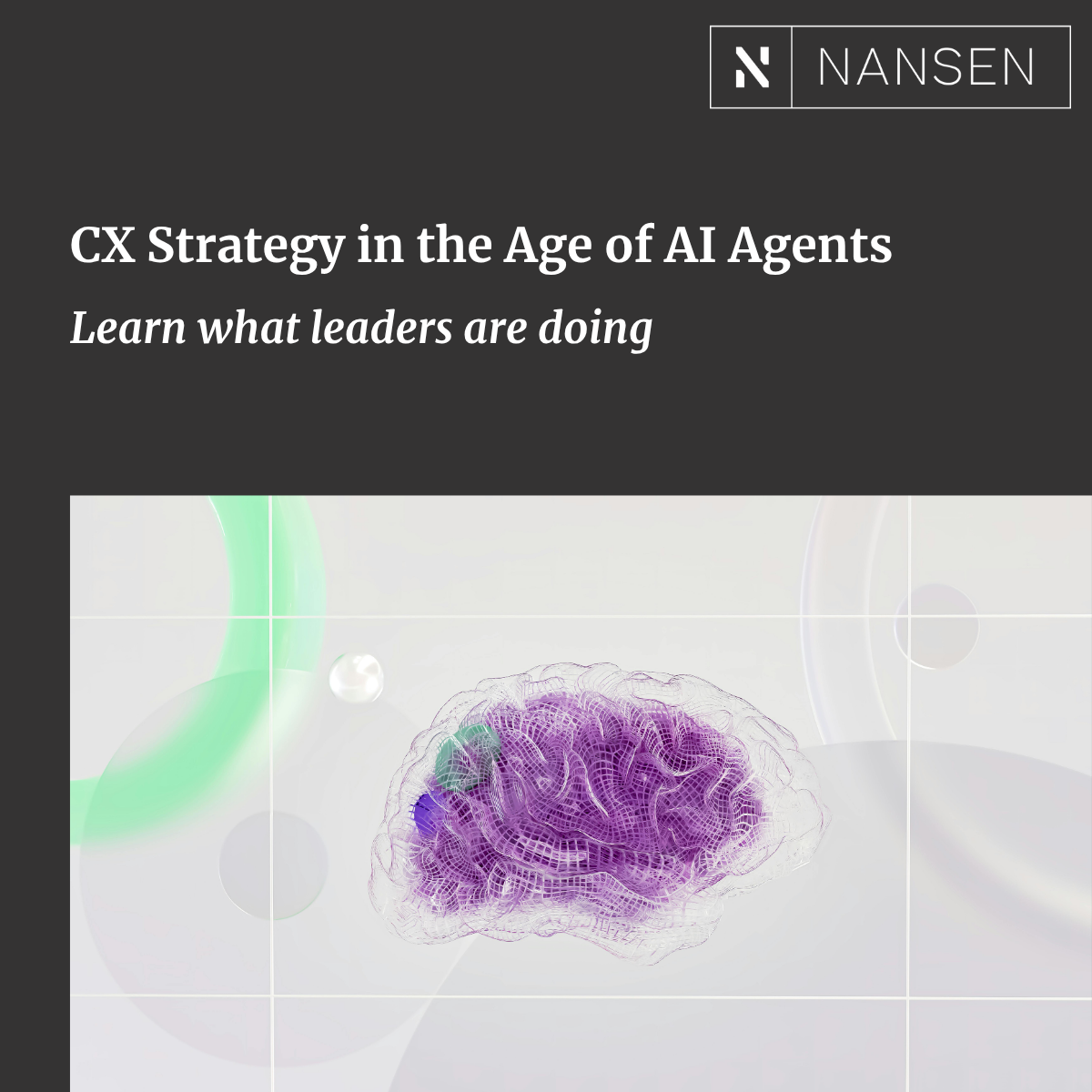Over the past few years, I’ve worked with teams across industries trying to modernize their digital presence. Content expectations keep rising, and output has followed. But in most cases, the infrastructure to support that content hasn’t kept pace.
What slows things down usually isn’t a lack of creativity. It’s everything after the idea: distribution, adaptation, reuse. I see it all the time — a campaign is aligned and ready to go, but gets rebuilt for every channel: web, email, social, chat, sales. Each version adds time, introduces small changes, and chips away at consistency. By launch, the moment’s passed, and the message has lost its edge.
This isn’t a people problem. It’s a system problem.
Most content operations are still tied to tools built for an earlier era, when the website was the center of the experience and marketing controlled the full narrative. But today’s content shows up everywhere — in apps, AI summaries, product interfaces, partner feeds — and rarely in a straight line. Without infrastructure built for flexibility, even the best content breaks down.
Structure Over Scale: How High-Performing Teams Work Smarter
The most effective shift I’ve seen? Moving away from one-off content builds and toward modular systems, breaking content into reusable components like headlines, value props, and product specs that can be remixed across formats. This approach reduces rework, improves consistency, and lets teams spend more time refining messages instead of recreating them.
That same structure unlocks more efficient personalization. Instead of choosing between labor-intensive customization or bland one-size-fits-all messaging, modular content can be dynamically assembled based on behavior, geography, or lifecycle stage — without ballooning the workload.
It also makes content more portable. When messaging is trapped inside rigid templates, it’s hard to repurpose across platforms. Structured content moves easily — from CMS to chatbot, from product page to push notification — without losing meaning or requiring rewrites.
Why This Matters Now: AI, Discovery, and the Risk of Irrelevance
Generative AI is already changing how people discover and evaluate content. LLMs are pulling summaries and recommendations straight from brand materials — if they’re accessible. If not, the model guesses. And when your content isn’t structured for reuse or interpretation, tone and nuance disappear. Your voice gets lost in the noise.
There’s still time to prepare, but not much. Many organizations are reacting by layering on new tools: a personalization engine here, a DAM there. But if those tools sit on top of fragmented foundations, they don’t solve the problem. They add complexity.
Watch for signs your infrastructure may be holding you back:
- Campaigns feel slow and manual, even when the message is clear
- Teams rebuild the same content from scratch across channels
- “Personalization” means swapping first names, not messaging strategy
- Content success is measured in volume, not business results
These aren’t just marketing problems. Sales, support, and product all rely on consistent, accessible content. When the foundation is weak, every team tells a slightly different story, and the customer experience suffers.
A Modular Content Foundation Is a Competitive Advantage
The teams making the most progress are investing in:
- Modular content libraries
- Headless or hybrid architectures
- Dynamic content assembly
- Structure optimized for AI interpretation
- Measurement tied to outcomes — pipeline, retention, experience — not just output
These decisions might feel operational, but they drive strategic impact. If content is central to how your brand shows up (and it is), then the system supporting that content is just as important as the message itself.
I’ve worked with teams stuck in rewrite loops, overwhelmed by personalization requests, or unsure how their message shows up across third-party platforms. In every case, the root cause was the same: the infrastructure wasn’t built for how content works today.
If your team is in the middle of this shift or just starting it, let's connect. I'd love to share what I’m seeing and how Nansen can help.

%202.png)











